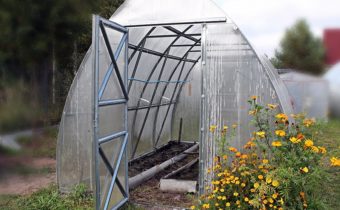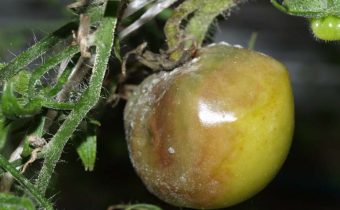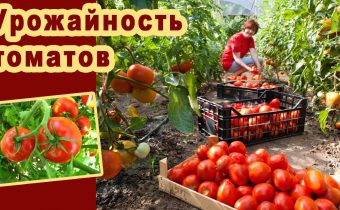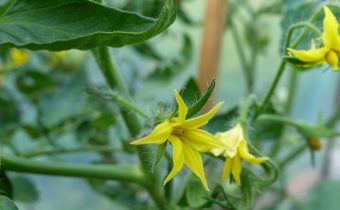Bean siderata for tomatoes, which is better?
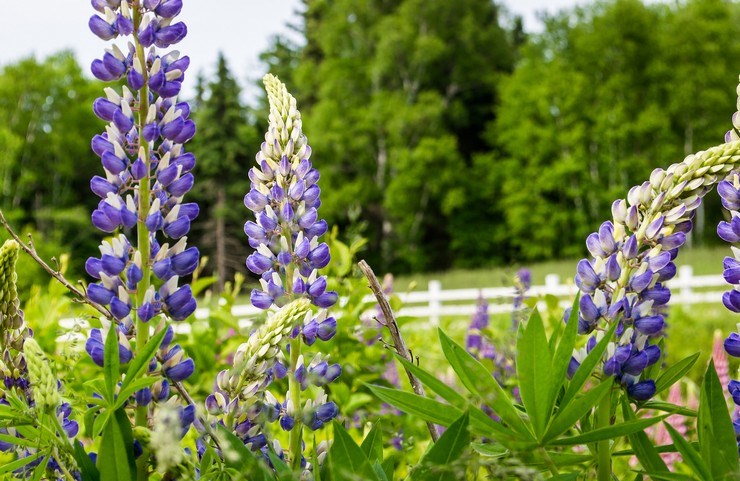
An important role in the cultivation of tomatoes has a crop rotation, if you ignore the procedure, the earth is exhausted, it will accumulate agents of various diseases. What about those who do not have the opportunity to plant tomatoes in one place only once in 3 years?
Bean siderats will come to the rescue, they will improve and enrich the soil, which will reduce the waiting time.
Bean Siderats for Tomatoes
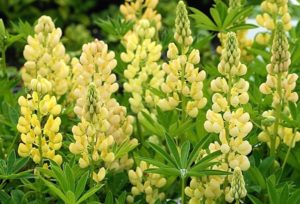
Gardeners use several leguminous plants as siderats for tomatoes, they accumulate and give nitrogen to the soil, and they release phosphorus compounds that are difficult for the tomatoes to assimilate. Sideratov roots have a positive effect on aeration.
Herbs of the legume family create favorable conditions for the vital activity of beneficial bacteria, worms and other soil microorganisms. In a healthy land, tomatoes increase immunity to various negative factors.
We select the best predecessors for tomatoes from the legume family, for convenience, we describe them in the table.
| Sidereal plants | Properties, composition of useful substances (per 10 square meters) | Recommended soil type | When can sow |
| Vika | The best predecessor for tomato. Quickly increases the green mass, suppresses weeds, prevents soil erosion. Contains 160 grams of nitrogen, 75 grams of phosphorus, 20 grams of potassium. | Neutral soils. | Vika can be sown in spring and autumn. Seedlings are planted 2 weeks after mowing the grass. |
| Alfalfa | Saturates the soil, increases the humus layer, reduces acidity. Alfalfa is sown in a greenhouse or in a region with a warm climate. | The plant develops well only in moist soil, it does not tolerate heavy, excessively acidic, stony and clay soils, as well as salt marshes and marshiness. | Sowing is carried out in early spring and after harvesting of the main crops. |
| Lupine one year old | One of the best sideratov for fertilizing the land, he cultivates the soil, even in abandoned areas. The roots grow up to 2 meters deep. The plant contains 230 grams of nitrogen, 65 grams of phosphorus, 210 grams of potassium. | Any type. | Lupine is planted 4 weeks before planting or immediately after harvest. In the early stages, lupine grows slowly and requires moisture. |
| Peas | The roots drain the soil, the plant contains 115 grams of nitrogen, 70 grams of phosphorus, 215 grams of potassium. | Neutral, moderately moist soils. | Peas increase the necessary green mass for 1, 5 months, withstand a slight decrease in temperature, but does not tolerate frost, sow green manure in early spring. |
| Clover | Developed root system allows clover to extract nutrients from the deep soil layers. After the bevel of greenery, the roots give up accumulated substances to the upper layer of the earth. The plant repels wireworms and nematodes, reduces the level of salt. | Neutral, sandy, loamy soil. | Melilot is grown for 2 years - sowing is carried out immediately after harvesting, mow green for the winter. In the spring, before planting tomatoes, newly grown grass is cut. |
| Seradella | The plant restores and normalizes the soil, contains 115 grams of nitrogen, 55 grams of phosphorus, 220 grams of potassium. | With plenty of moisture it grows on all types of soil, except too acidic. | After sowing, two cuts are required (3 weeks each), so the plant should be planted in early spring. |
| Broad bean | Plant with a strong rhizome, structuring the soil to a depth of 2 meters.The beans normalize the acidity of the soil, they contain up to 60 grams of nitrogen, 25 grams of phosphorus and 60 grams of potassium. | Podzol, marshy, heavy and clay soils. | Beans can be sown after harvest, the plant can withstand temperatures up to -8 degrees. |
It is necessary to cut green manure during the period of budding or at the beginning of flowering, do not allow seeds and self-seeding to ripen. Many gardeners dig siderats or bury the green mass in the ground, while professionals recommend simply mowing the plants (to the point of growth) and leaving them on the beds as mulch.
The buried greens of siderats interferes with the normal passage of moisture, which leads to waterlogging. After the top layer of the earth dries out, a dense crust forms, the green under it turns into a peat-like mass, which has no useful properties.
Advantages and disadvantages of legume siderats
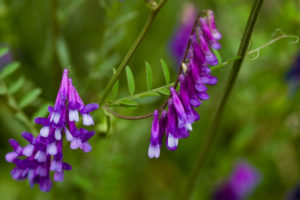
Bean sidereal plants have no minuses, they will not bring harm to tomatoes if they are properly and timely sown. But the benefits of the above cultures abound:
- normalization of soil structure, loosening;
- enrichment of the land;
- transfer of hard-to-reach substances into a form that can be absorbed by other plants;
- normalization of acidity;
- weed control;
- improving the livelihoods of living soil organisms;
- prevention of diseases and pests.
Be careful when choosing a siderata, try not to overpower the soil with nitrogen, otherwise the tomatoes will actively increase the green mass to the detriment of the fruits. Also, do not sow plants, deoxidizing the soil in an excessively alkaline soil, when you first need to restore normal acidity.
Alternative green manure for tomatoes
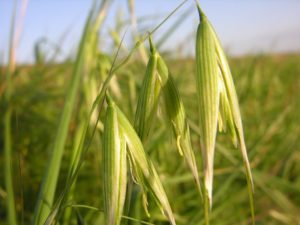
We have described not all bean green mans that may be predecessors for tomatoes. Some gardeners sow sainfoin, it is frost-resistant, not afraid of drought, but grows in one place to 7 years. It is possible to carry out thinned sowing (so that the roots do not clog the tomatoes), periodically cut off the greens or dig beds before planting.
For the full restoration of highly depleted soil, you can also use clover, it also belongs to legumes. The plant is grown for 2 years, then dig the plot and planted tomatoes. Among sideratov other crops for the following tomatoes are useful:
- rye;
- oats;
- wheat;
- phacelia;
- mustard;
- rape.
If desired, you can mix several types of siderats in one area, thereby complementing the beneficial properties of some herbs with the advantages of others. In all you need to know the measure, consider the original state of the land. Sideration is a complex process, but it helps grow organic vegetables. Do not spare the time and effort, take care of the soil, then you will always have a good harvest of delicious tomatoes.


